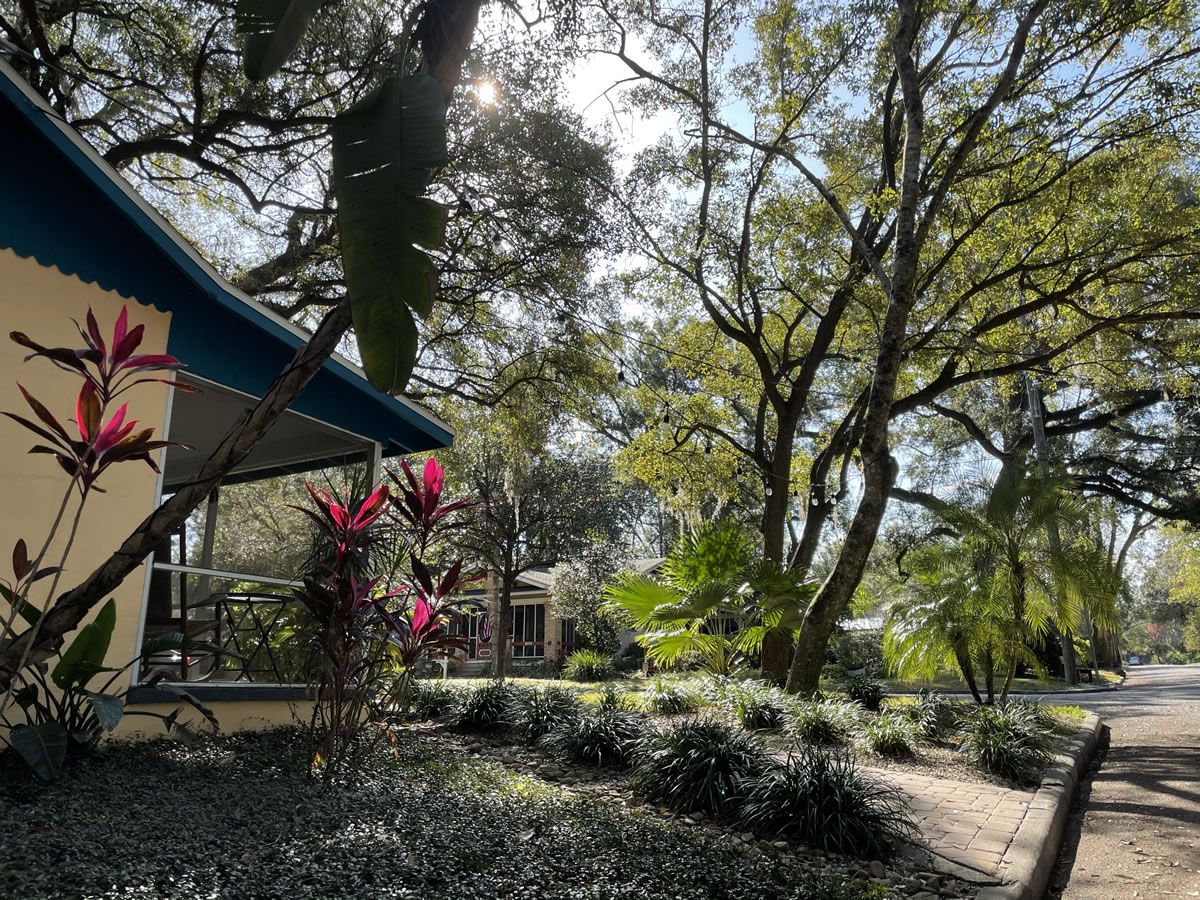
It was a great morning for a bike ride in Tampa, what with temperatures of 24°C/75°F and plenty of sunshine. Here’s what I saw as I biked past the our yard and got today’s workout.
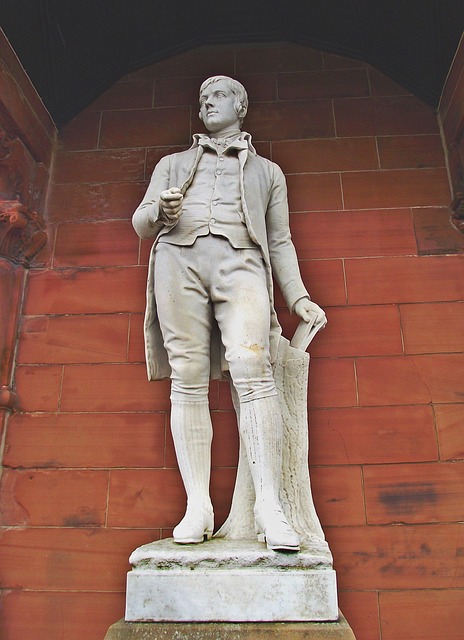
Tonight — the evening of January 25th — is Burns Night, a celebration of the life and works of Robert Burns, Scotland’s national poet. While I have no traceable Scots heritage in my family (it’s Irish, thankyeverramuch), Anitra does, and I’m never going to turn down a celebration where scotch whisky is involved.
You probably know at least one of Burns’ works, whether you realize it or not. He’s behind such classics as:
Even though we’re still in the middle of a plague and can’t host a Burns Supper tonight, we’ll still celebrate: I’ve got a lamb loin roasting in the turbo broiler…
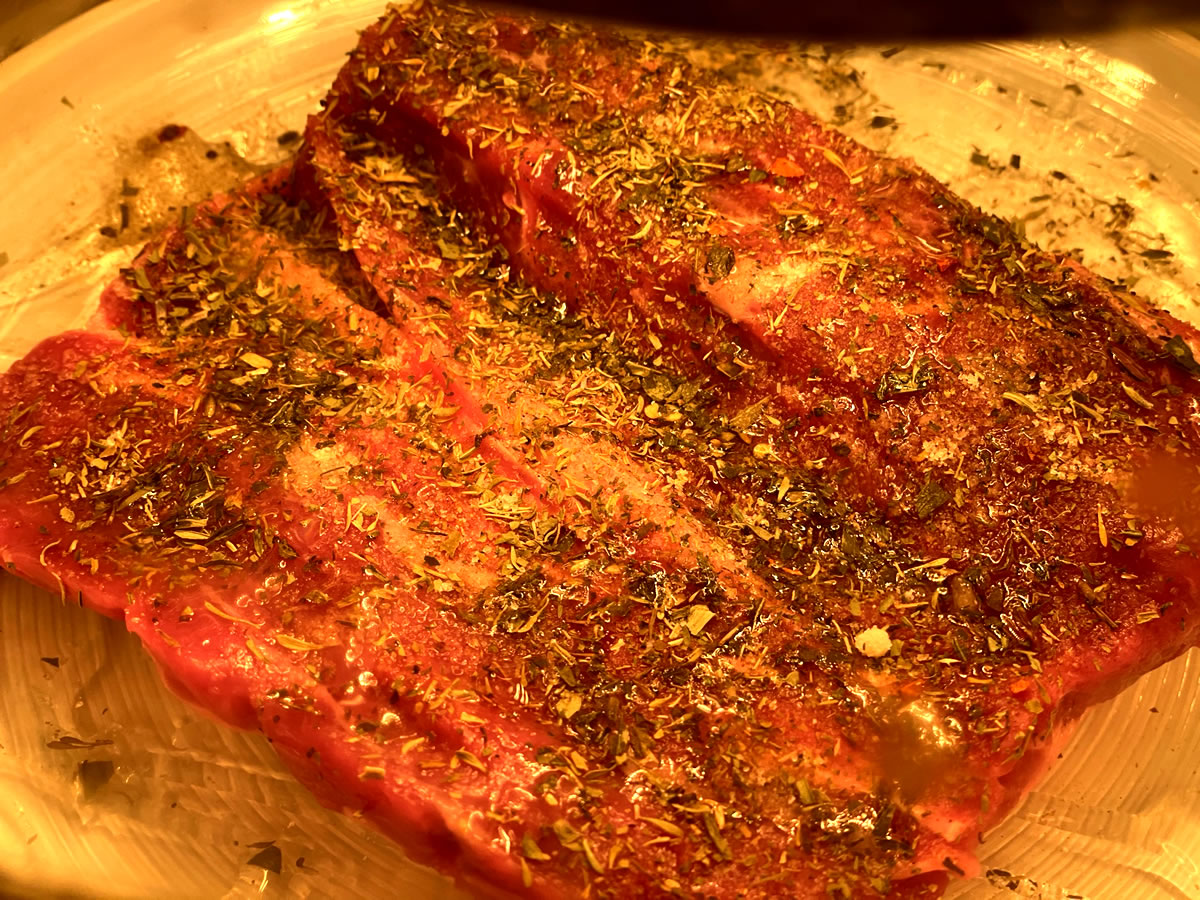
…and I have some scotch handy. As for poetry — well, I have to write some code tonight, and when done well, code is poetry: Rich, expressive, and saying so much with an economy of language.
Have a great Burns Night, everyone!
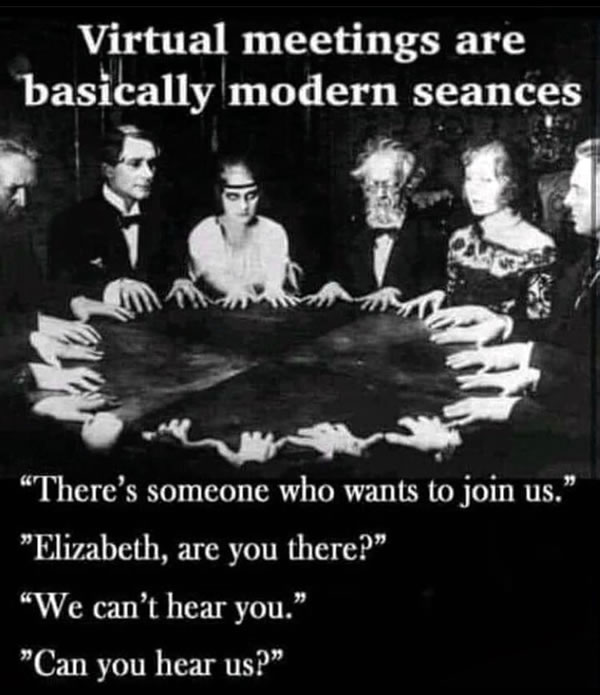
The only real difference is that you don’t have full-grown adults speaking in a dead 8-year-old’s voice in virtual meetings. Well, at least not in any virtual meeting I’ve attended lately.

With a newly-inaugurated administration starting its first full day on the job and the country still smarting from a bitter election and an ugly aftermath, the inevitable question becomes “What do we do now?”

Maybe it’s time to borrow a trick that’s been used to bring together groups who’ve broken into fighting factions and help re-integrate countries torn apart by civil war. It’s been used to repair the divisions from “The Troubles” in Northern Ireland and to fold FARC back into Colombia, and I’ve seen it work at dysfunctional organizations and companies.
I’m sure that people who specialize in conflict resolution have a name for it, but my name for it is concrete common cause.
The idea is simple: Bring the sides/factions together and have them focus on solving problems that affect everyone’s day-to-day lives regardless of worldview, rather than squabble over more abstract differences.
These are the sorts of issues where everyone can have some kind of direct influence, even on an individual level. Here are some examples that are probably directly applicable to you:
The idea is to get together and work on something practical, present, and pressing.
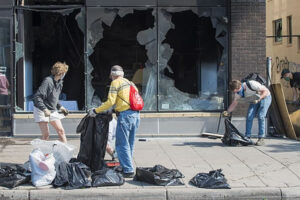
At the community level, it’s things such as “Let’s clean up all the litter on this street,” “Let’s help these people get back on their feet with new jobs,” and “Let’s make sure that the local shops and restaurants that we love are still around next year.”
It scales up, too. On the city, state, and federal level, it’s things such as “Let’s find ways to bring down the rate of infection,” “Let’s find a way to efficiently distribute vaccines,” and “Let’s do some of that long-overdue infrastructure work.”
These are all issues affect everybody everyday, and they can only be solved when a lot of people work together.
What you don’t do while this is happening is talk about the things that started the division in the first place, which are invariably some abstract “p” word: Politics, policies, pulpits or politicians. Arguing about that stuff is a luxury that you can afford only once the more practical, present, and pressing problems have been dealt with.
The point is to find reasons to get everyone into the same room and working together on something that affects all of them. Concrete common causes can get everyone in that room, get them talking, and even get them solving problems together. That’s a good — and vital — first step.
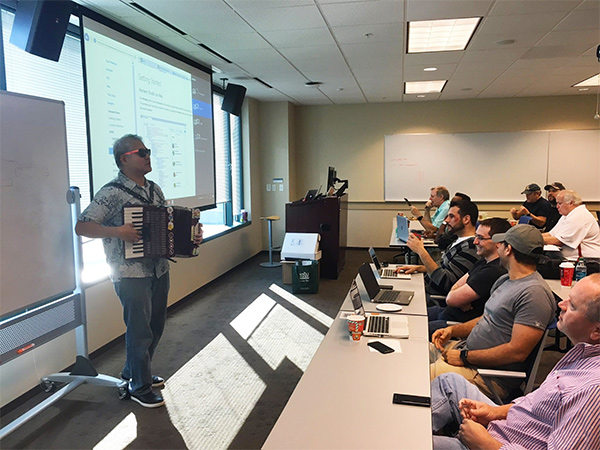
I plan to do my part by working away at what I do: Helping people build software to get things done, helping to build the tech community here in Tampa Bay, and squeezing out good vibes with the accordion.
What will you do?

October 3, 2016: It’s my first day at the job as the developer evangelist for an RFID company with an office in Asheville, North Carolina, so I’m flying there for my first face-to-face with my new boss.
I’m deep in thought, going over what I’m going to talk about with my boss during dinner, when my train of thought gets interrupted.
Someone’s yelling at me.
I look over to see if the yelling is actually directed at me, and not just someone else nearby. I look.
The yelling came from the end of the line at Carolina Pit BBQ. It’s coming from a guy with sandy brown hair, plaid shirt, mom jeans, and one of those then-new “Make America Great Again” caps. He looks more basic and dead inside than a Bob Evans menu, and more “economically anxious” than a first-timer at a Vegas poker game who’s realizing that every other player at the table is a shark or shill.
It’s clear to him that I didn’t quite hear him the first time, so he repeats himself.
“I said: You with the big backpack! Go back to China!”
He’s mistaken my accordion for a backpack, and me for Chinese.
“I bet you heard this time, chink!”
From both my media training and my hobby as a street musician on the streets of downtown Toronto, I learned a couple of tricks for dealing with insults from passers-by and hecklers. One of them is to approach them and ask them to repeat what they just said and explain what they meant by it. This is effective if there’s a crowd around and you think they might be more sympathetic to you.
“Would you mind repeating that?” I ask loudly and clearly using my radio announcer voice, as I approach, taking strides as if I were a club bouncer in “business mode”.
As I get closer, it becomes more apparent that I’m almost a head taller than he is. Also, with the accordion slung on my back, my shoulders appear even wider. He’s getting an object lesson that the stereotype of Asian men being short and meek doesn’t always apply.
“Did you not hear me?” I ask. My “scratch a bully, find a coward” gamble is paying off.
I’m now five or six strides away and closing in fast. I repeat my question: “Would you mind —”
And that’s when the little shit high-tailed out of the line, straight for the departure gates.
I look at the spot he just vacated and take it.
Today feels like that moment.